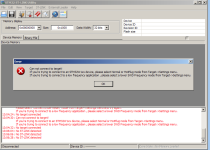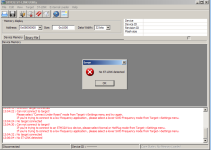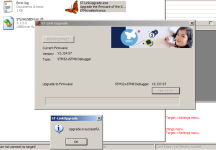Hi,
Can anybody help me with the right way to revert to stock firmware?
I have installed the 1.0.0 version together with a 860C display without any issues, based on everything I found here, thank you very much! Did the calibration, all's well. My only slight concern is that the autonomy seems lower, but as this is highly subjective I thought of testing it. So I prepared a standard test, running until the battery was dead, in stages of 5% of SOC% taking notes of the assist level, duration per stage, distance and speed for each stage. Just for info, I ran the motor 10% of SOC in assist 6, 70% assist 8 and 20% assist level 10, with a relatively loaded touring bike. The result was a 4h46' 109km ride, mostly flat (+256m) with a 22.5 km/h average speed.
Now, I would like to repeat exactly the same ride with the stock firmware and my stock VLCD6. I tried, as advised before I started the changes, to flash the motor again with the backup that I made of the stock firmware before installing the OSF 1.0.0. I can flash it, but then there is no reaction to the VLCD6. I tried the VLCD6 on another motor with stock firmware and it works. Is there anything more/different that I should do?
I am amazed by the trove of information that you have so kindly contributed with, so thank you again for your help.







